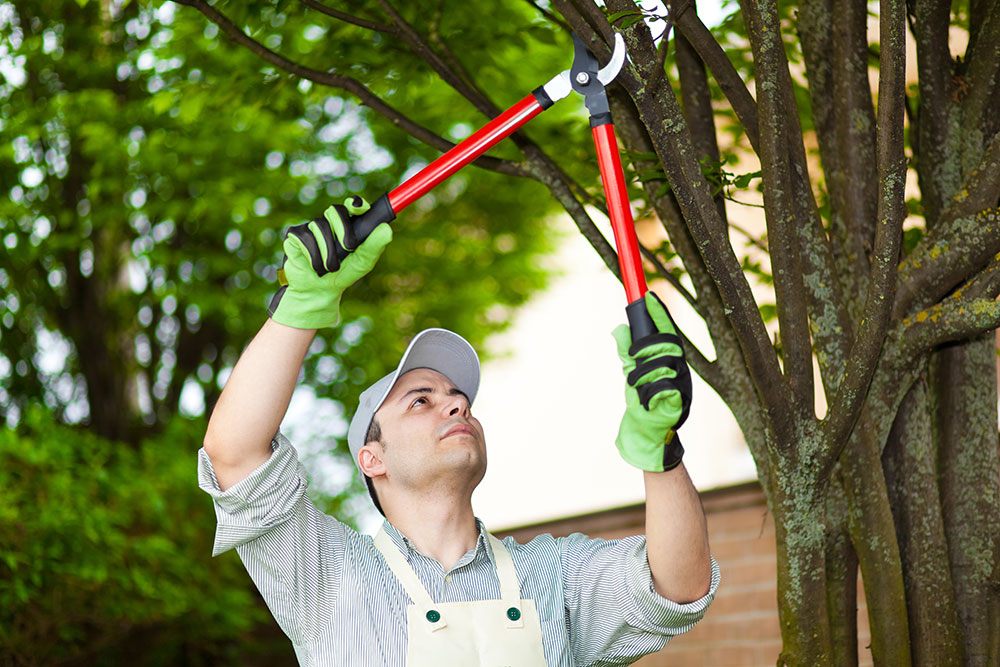When and How to Prune Trees: Essential Tips for Healthy Growth and Aesthetic Appeal
Pruning trees is a fundamental aspect of their care regimen, essential for promoting healthy growth, maintaining structural integrity, and enhancing their visual appeal within your landscape. This detailed article delves into the key considerations for determining when to prune and how to execute proper pruning techniques effectively.
Importance of Timing in Tree Pruning
Timing plays a crucial role in the success of tree pruning:
- Dormant Season: Prune deciduous trees during late fall to early spring when they are dormant. This period encourages rapid healing and minimizes stress on the tree.
- Flowering Trees: Prune flowering trees immediately after they bloom to avoid cutting off future flower buds. This ensures you don’t sacrifice the next season’s blooms for pruning benefits.
- Year-Round Maintenance: Remove dead, diseased, or hazardous branches promptly whenever they are noticed, regardless of the season.
Benefits of Pruning for Tree Health and Aesthetic Appeal
Pruning offers several advantages:
- Health: Eliminates dead or diseased branches, improving overall tree health by redirecting nutrients to vital parts of the tree.
- Structure: Enhances the tree’s structural integrity by removing crossing or rubbing branches that can weaken the tree’s framework.
- Aesthetics: Shapes the tree to enhance its natural form and aesthetic appeal, making it more visually pleasing in your landscape.
How to Prune Trees Properly
Follow these essential steps to ensure effective and safe tree pruning:
- Evaluate the Tree: Assess the tree’s structure, identifying dead, diseased, or problematic branches that need pruning.
- Select Pruning Tools: Choose the appropriate tools based on branch size and accessibility. Common tools include hand pruners, loppers, pruning saws, and pole pruners.
- Make Clean Cuts: Always make cuts just outside the branch collar (the swollen area where the branch meets the trunk or larger branch). Avoid leaving stubs or cutting too close to the trunk.
- Pruning Techniques: Use specific pruning techniques depending on your goals:
- Cleaning: Remove dead or dying branches.
- Thinning: Reduce the density of the canopy to allow more light and air circulation.
- Raising: Remove lower branches to provide clearance for pedestrians, structures, or vehicles.
- Reduction: Reduce the size of the tree by selectively cutting back longer branches to maintain its shape.
- Safety Measures: Wear protective gear, including gloves, safety glasses, and sturdy footwear, to protect against falling debris and sharp tools.
Consulting a Professional Arborist
While basic pruning can be done by homeowners, complex jobs or trees in challenging locations may require professional expertise:
- Large Trees: Pruning tall or mature trees often requires specialized equipment and safety precautions.
- Expert Advice: Arborists can provide recommendations for specific tree species and ensure compliance with local regulations.
Conclusion
Understanding when and how to prune trees is essential for maintaining their health, structural integrity, and aesthetic appeal. By following proper pruning techniques and timing guidelines, you can promote vigorous growth, reduce the risk of disease or storm damage, and enhance the beauty of your landscape. Whether you’re pruning for maintenance, safety, or aesthetic reasons, prioritize the health and longevity of your trees with regular, thoughtful pruning practices.
